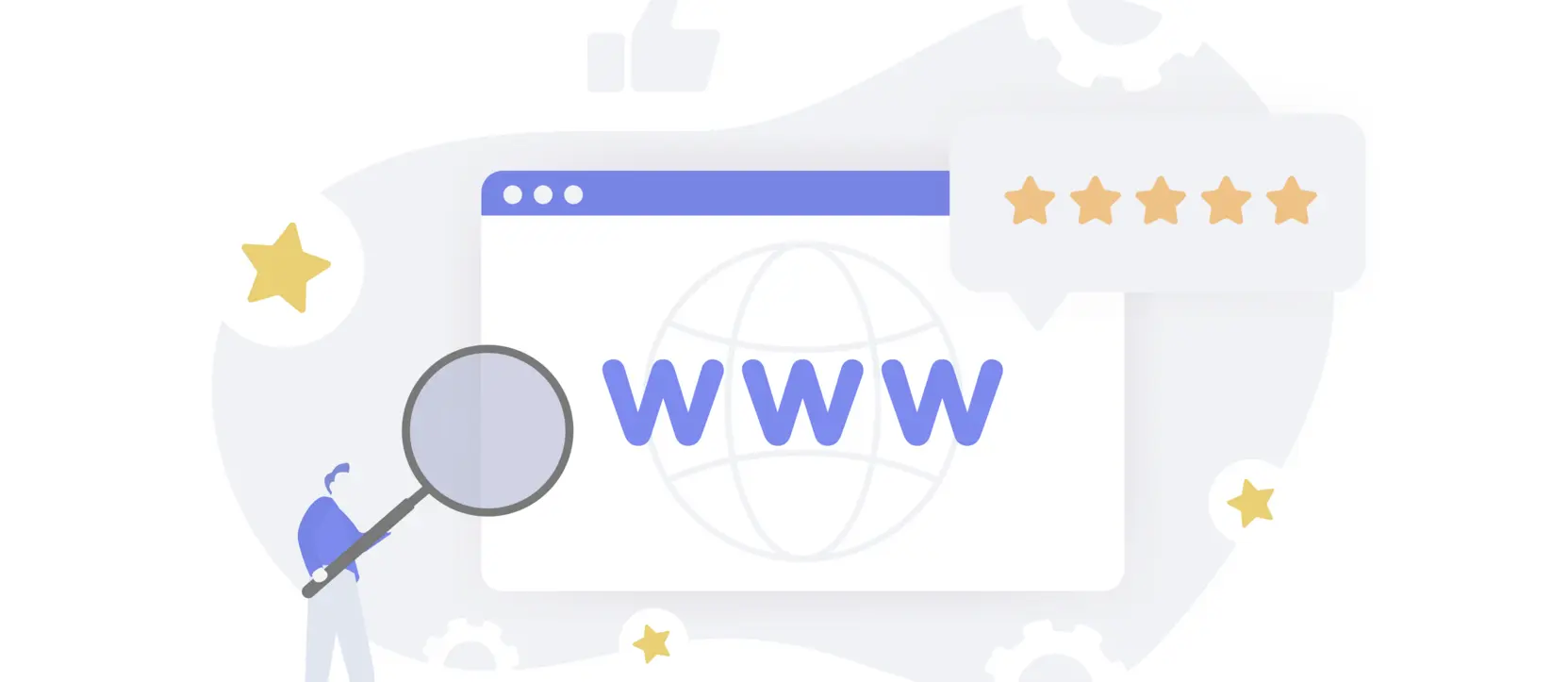If you’ve ever used Google Ads to promote anything or hired a Google whiz to do the work for you, you’ve probably heard of a metric called, “Quality Score”. What exactly is a Quality Score? We’re here to give you the rundown.
A Quality Score measures how relevant Google thinks your ads and landing pages are based on the keywords that connect people to them. Quality Score creates a rank using a scale of 1 to 10 for each keyword that has accrued impressions (views of an ad triggered by a search for that keyword).
Years ago, a Quality Score was available for each keyword as soon as it was added to an account, representing the Google Ads system average for the keyword while adjusting for any campaign-level Quality Scores of campaigns that had existing click data. Today, Google Ads still immediately applies a Quality Score to each keyword as soon as it is entered into an account, but it no longer allows you to see these numbers until the keywords have started to earn a few impressions.
For anyone wondering about this campaign-level Quality Score — this isn’t viewable in the account, but it represents the amount of “authority” the campaign has based on:
- How many impressions it’s generated since being created.
- Whether the historical click-through rates of its associated keywords have performed better or worse than others bidding on those same terms.
- If the campaign has a good history of complying with Google Ads policies.
Why Does Google Use Quality Score?
Google wants ads and their hyperlinked websites to be relevant and useful so users will continue to return to Google and click on ads — and ultimately generate more revenue. After all, Google wouldn’t make much profit if you searched for a specific term and received ads for something completely different! The more relevant your ads, website, and ad landing page are, the more Google will reward your business, resulting in a higher Quality Score.
There are parallels to how Google ranks pages organically. The more relevant a page is to a particular search query; the more likely Google will want to list that page higher in the organic search results. This will apply if Google considers the page to be authoritative on a searched topic, based on how long a website has been known to be a credible source and whether other sites on relevant topics are linking to it.
In Google Ads, the age and past performance of a campaign (mainly based on click-through rate) represent that same authority. The Quality Score of each keyword represents relevancy and is also based on historical click-throughs the longer the keyword is active and earned impressions. While Google has expanded the number of Quality Score factors, it’s still mostly based on your historical click-through rate in comparison to the system average. Check out what Google has to say about Quality Score in their support article.
Quality Score Determines Your Ad Rank
So now you have a general idea of what Quality Score is. You may be wondering — “Why should I care?” We’ve got the answer!
Quality Score is one of two primary factors that determine Ad Rank, which controls the order in which ads appear in search results. The highest ad rank gets the top position on the page, and so on. Ad Rank is essentially the Quality Score for the keyword that matched a search query, multiplied by your maximum CPC (cost per click) bid. We say “essentially” because this used to be the actual definition of Ad Rank, but the formula is no longer available from Google, and they’ve now added a few other minor factors.
In essence, if your keyword has a Quality Score of 5 and your maximum bid is set to $5.00, your Ad Rank would be 25. Another advertiser with a Quality Score of 10 would only have to bid $2.50 to also have an Ad Rank of 25. So, you can see how higher Quality Scores amp up competition can without needing to bid as high.
One thing to keep in mind — what you bid doesn’t equate to what you spend; it’s the maximum amount you’ve indicated that you’re willing to spend for a click for that keyword. What you spend is based on your Quality Score.
When a search occurs on Google and Ad Ranks are calculated to determine the order of how all eligible ads are displayed, the ad that is clicked will get charged an amount equal to the Ad Rank of the next ad below it, divided by the Quality Score of the ad that got clicked, plus a penny.
Here’s that broken down:
Actual CPC = (Ad Rank of next ad down / your Quality Score) + $0.01)
This means that advertisers with higher Quality Scores can not only get higher Ad Ranks with lower bids, but they’ll also likely pay well under their maximum bid for any clicks they receive. Meanwhile, advertisers with poor Quality Scores will pay close to their maximum bid amount. In short, Quality Score impacts your ad visibility AND how much your clicks cost.
What should you take away from this? When managing your Google Ads, be sure to actively monitor and improve your Quality Score whenever possible to truly maximize your advertising budget. For more detailed information on ways to improve Quality Scores, take a look at this tutorial by Analysis.
Focus on Conversion Rate, not Quality Score
One word of caution: while it’s important to pay attention to the Quality Scores of your keywords, —especially the ones generating the most clicks and, in turn, spending most of your money — don’t overreact to Quality Scores either. Instead, focus on making your ad copy as appealing as possible to improve your click-through rates and make your landing pages as relevant as possible. This will improve your conversion rate, which is the number of times a website visitor took the desired action, divided by the overall number of website visitors. Your advertising ROI depends more on your conversion rate, so focus on that first and foremost!
Here’s an example — Let’s say you sell umbrellas but not raincoats. You may decide to use keyword phrases that include the word “raincoat,” since anyone looking for one of those may be open to buying an umbrella. While that may lead to enough sales to justify spending money on this keyword, you’ll likely never have as high of a Quality Score for “raincoat” keywords as an advertiser who actually sells raincoats!
That’s because Google is smart enough to know that both landing pages contain rain gear but detect that yours doesn’t actually sell raincoats. At the end of the day, it may be possible to write ad copy that is more appealing and gets a higher click-through rate compared to other advertisers, but you’ll end up bringing visitors that want what you don’t sell, and as a result, you’ll hurt your own ROI in pursuit of a higher Quality Score.
So, what can we take away from all this? While Quality Score is a critical metric within Google Ads and important to monitor, you should pursue higher conversion rates before placing a bigger focus on it. You can improve your Quality Scores by keeping your ad copy keyword heavy and your landing page content as relevant as possible while sticking with what’s converting visitors into customers and leads. Lower CPCs that result from higher Quality Scores do factor into lowering your cost per acquisition, but it’s improvements to the conversion rate that increase your ROI the most.
Best of luck with your Google Ads strategy! With these tips and the right amount of trial and error, you’ll be sure to succeed.
Need help vamping up your Google Ads performance? Our team of experts are here to help. Reach out to us at connect@thebelfortgroup.com to get in touch today!

